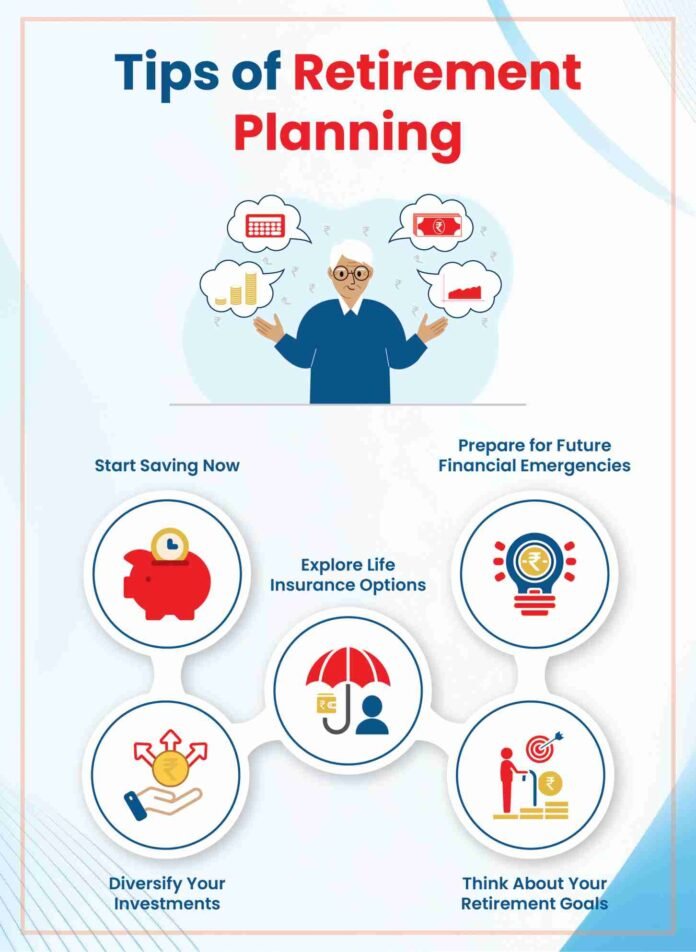How to plan retirement when interest rates are uncertain is a challenge that more people are facing in 2025. With fluctuating economic policies, market volatility, and shifting central bank decisions, retirees and pre-retirees are finding it harder to lock in steady income streams. Recent discussions around global rate cuts and inflation concerns have added pressure, making retirement planning a balancing act between security and growth.
The Growing Challenge of Retirement in a Volatile Interest Environment
Retirement planning has always required foresight, but unpredictable interest rate movements are changing the game. Savers, investors, and pension holders are realizing that traditional strategies may not provide the same security they once did.
Key Points Summary – Fast Insight for Busy Readers
💡 Interest rate shifts can affect pensions, savings accounts, and bonds.
📉 Lower rates reduce safe income, pushing retirees toward riskier assets.
📈 Higher rates create inflation concerns but improve fixed-income returns.
🛡️ Flexible strategies are key to securing retirement income.
Why Interest Rate Fluctuations Matter in Retirement
Interest rates play a direct role in how much retirees earn from their savings and how much they pay on loans. For example:
- Savings Accounts & CDs → Higher rates provide better returns, but rate cuts shrink interest earnings.
- Bonds & Fixed Income → Falling rates lower yields, while rising rates boost new bond returns but hurt existing bond values.
- Mortgages & Loans → Retirees with debt are highly sensitive to rate increases.
- Stock Market → Lower rates often fuel stock growth, but higher rates may create volatility.
This constant push-and-pull makes planning more complex.
Core Principles: How to Plan Retirement When Interest Rates Are Uncertain
When rates are unpredictable, stability depends on diversification and adaptability. Here are the leading strategies financial planners recommend in 2025:
1. Diversify Retirement Income Sources
- Combine pensions, Social Security, annuities, and investments.
- Avoid relying solely on fixed-interest products.
2. Use a Bucket Strategy
- Short-term needs (1–3 years): Keep in cash or liquid assets.
- Medium-term needs (3–7 years): Bonds and balanced funds.
- Long-term growth (7+ years): Stocks and alternative investments.
3. Balance Risk and Safety
- Avoid moving all funds into high-risk stocks.
- Use a mix of dividend-paying stocks, Treasury bonds, and real estate trusts.
4. Consider Inflation-Protected Assets
- Treasury Inflation-Protected Securities (TIPS).
- Real estate and commodities as hedges.
5. Revisit Your Plan Annually
- Adjust based on central bank updates, inflation, and market changes.
Current Trends Influencing Retirement Planning in 2025
Several recent developments are shaping how people approach retirement today:
- Central Banks Shifting Policies: Rate adjustments are being considered to balance inflation and economic slowdown.
- Bond Market Uncertainty: Long-term yields remain unpredictable, forcing investors to rethink safe havens.
- Rising Healthcare Costs: With medical inflation outpacing wage growth, retirees must plan extra buffers.
- Technology and AI Tools: Retirement calculators and robo-advisors are helping savers make more informed choices.
Real-Life Example: Adapting a Retirement Portfolio
Consider a retiree with $500,000 in savings. In a low-interest environment, relying only on bonds would provide limited income. Instead, a diversified plan could look like this:
- 30% Bonds (short and medium-term)
- 25% Dividend-paying stocks
- 20% Real estate investment trusts (REITs)
- 15% Cash and liquid savings
- 10% Inflation-protected securities
This mix balances security, growth, and inflation protection.
Psychological Side of Retirement Planning
Uncertainty can create anxiety, especially for retirees depending on fixed incomes. To stay confident:
- Focus on long-term goals, not short-term noise.
- Stick to a structured plan while keeping some flexibility.
- Seek professional advice when markets shift drastically.
Final Thoughts
How to plan retirement when interest rates are uncertain comes down to one word: flexibility. By combining diverse income sources, protecting against inflation, and adjusting plans regularly, retirees can face uncertainty with confidence.
What about you—are you rethinking your retirement strategy in light of fluctuating rates? Share your perspective below.
FAQ
Q1: Should I move all my savings to stocks during low interest rates?
No. While stocks may offer better growth, they also carry risk. A balanced mix is safer.
Q2: How often should I adjust my retirement portfolio?
Review at least once a year, or sooner if major economic changes occur.
Q3: Are annuities still a good option in 2025?
Yes, but carefully. Fixed annuities protect against uncertainty, while variable annuities carry more risk.
Disclaimer
This article is for informational purposes only and does not provide financial or legal advice. Please consult a licensed professional before making retirement planning decisions.
